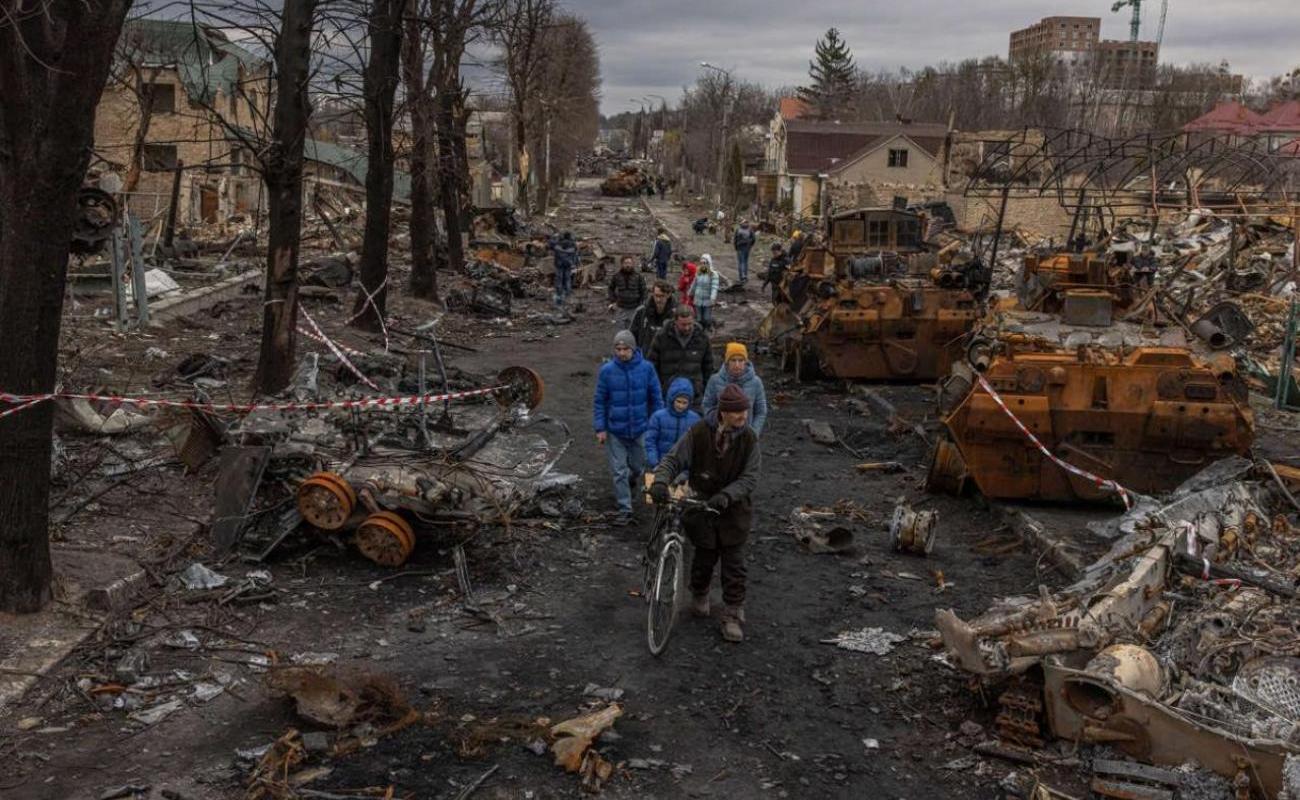The war in Ukraine claimed the lives of almost 7,000 civilians – UN

From 1 to 31 October 2022, the Office of the UN High Commissioner for Human Rights (OHCHR) recorded 1,067 civilian casualties in Ukraine:
- 284 killed (112 men, 56 women, 2 girls, 4 boys, as well as 110 adults whose sex is yet unknown); and
- 783 injured (215 men, 136 women, 8 girls, 20 boys, as well as 18 children and 386 adults whose sex is yet unknown).
This included:
- 239 killed and 682 injured in 126 settlements in regions (parts of regions), which were under Government control when casualties occurred (86 percent of the total); and
- 45 killed and 101 injured in 13 settlements in parts of Luhansk and Donetsk regions controlled by Russian armed forces and affiliated armed groups (14 percent of the total).
Per type of weapon/incident:
- Explosive weapons with wide area effects: 266 killed and 743 injured (95 per cent);
- Mines and explosive remnants of war: 18 killed and 40 injured (5 per cent).
Total civilian casualties from 24 February to 6 November 2022
From 24 February to 6 November 2022, OHCHR recorded 16,462 civilian casualties in Ukraine: 6,490 killed and 9,972 injured.
- a total of 6,490 killed (2,533 men, 1,731 women, 168 girls, and 201 boys, as well as 34 children and 1,823 adults whose sex is yet unknown)
- a total of 9,972 injured (2,144 men, 1,541 women, 208 girls, and 295 boys, as well as 242 children and 5,542 adults whose sex is yet unknown)
- In Donetsk and Luhansk regions: 9,104 casualties (3,870 killed and 5,234 injured)
- On Government-controlled territory: 7,178 casualties (3,433 killed and 3,745 injured)
- On territory controlled by Russian armed forces and affiliated armed groups: 1,926 casualties (437 killed and 1,489 injured)
- In other regions of Ukraine (the city of Kyiv, and Cherkasy, Chernihiv, Ivano-Frankivsk, Kharkiv, Kherson, Kirovohrad, Kyiv, Mykolaiv, Odesa, Sumy, Zaporizhzhia, Dnipropetrovsk, Khmelnytskyi, Poltava, Rivne, Ternopil, Vinnytsia, Volyn, and Zhytomyr regions), which were under Government control when casualties occurred: 7,358 casualties (2,620 killed and 4,738 injured)
- In Donetsk and Luhansk regions: 9,104 casualties (3,870 killed and 5,234 injured)
Most of the civilian casualties recorded were caused by the use of explosive weapons with wide area effects, including shelling from heavy artillery, multiple launch rocket systems, missiles and air strikes.
OHCHR believes that the actual figures are considerably higher, as the receipt of information from some locations where intense hostilities have been going on has been delayed and many reports are still pending corroboration. This concerns, for example, Mariupol (Donetsk region), Izium (Kharkiv region), Lysychansk, Popasna, and Sievierodonetsk (Luhansk region), where there are allegations of numerous civilian casualties.
The UN Human Rights Monitoring Mission in Ukraine
Since 2014, OHCHR has been documenting civilian casualties in Ukraine. Reports are based on information that the UN Human Rights Monitoring Mission in Ukraine (HRMMU) collected through interviews with victims and their relatives; witnesses; analysis of corroborating material confidentially shared with HRMMU; official records; open-source documents, photo and video materials; forensic records and reports; criminal investigation materials; court documents; reports by international and national non-governmental organisations; public reports by law enforcement and military actors; data from medical facilities and local authorities. All sources and information are assessed for their relevance and credibility and cross-checked against other information. In some instances, corroboration may take time. This may mean that conclusions on civilian casualties may be revised as more information becomes available and numbers may change as new information emerges over time. Statistics presented in the current update are based on individual civilian casualty records where the “reasonable grounds to believe” standard of proof was met, namely where, based on a body of verified information, an ordinarily prudent observer would have reasonable grounds to believe that the casualty took place as described.
